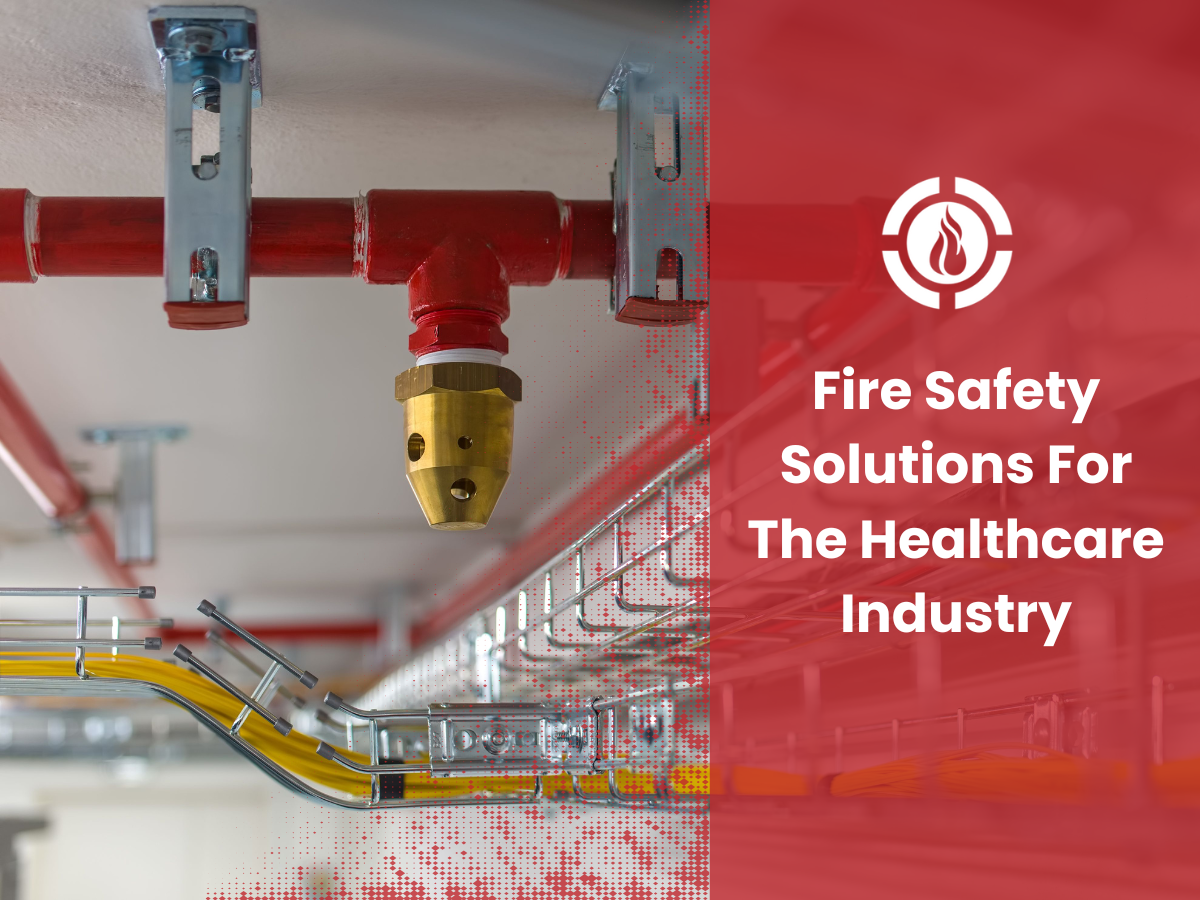Ensuring robust fire protection for healthcare properties is not just a regulatory requirement but a vital part of safeguarding patients, staff, and critical medical equipment.
With unique challenges like vulnerable patient populations, specialized equipment, and complex layouts, healthcare facilities require comprehensive fire safety strategies customized to their specific needs. This blog will explore six practical ways to strengthen your fire safety plan and maintain a secure environment for everyone in your facility.
Conduct Comprehensive Risk Assessments
Before implementing any fire protection measures, it is essential to identify potential hazards within your healthcare facility. Regular risk assessments help pinpoint issues such as outdated wiring, overloaded circuits, and improperly stored flammable materials. Systematically addressing these risks can significantly reduce the likelihood of a fire breaking out.
Key Steps for Effective Risk Assessments:
- Examine electrical systems for any signs of wear or malfunction.
- Review storage protocols for flammable and hazardous materials.
- Evaluate the layout of your facility to identify potential evacuation obstacles.
Proactive risk management is the foundation of any effective fire protection strategy.
Install Specialized Fire Suppression Systems
Healthcare facilities house diverse environments, from patient rooms to data centers, each with unique fire suppression needs. Standard sprinkler systems may not suffice in all areas, mainly where sensitive equipment is present.
Tailored Suppression Solutions Include:
- Clean Agent Suppression Systems: Ideal for server rooms and labs, these systems extinguish fires without leaving residue that could damage electronics.
- Kitchen Fire Suppression: Commercial kitchens in healthcare settings must have systems designed to combat grease fires effectively.
- Water Mist Systems: Suitable for patient areas, these systems minimize water damage while effectively suppressing fires.
Customizing suppression systems to specific facility zones ensures comprehensive protection without compromising valuable assets.
Ensure Regular Maintenance and Testing
Even the most advanced fire protection systems require routine maintenance to function correctly. Regular inspections ensure regulation compliance and guarantee that your systems will operate effectively during an emergency.
Best Practices for Maintenance and Testing:
- Schedule quarterly and annual inspections for alarms, sprinklers, and fire extinguishers.
- Test fire alarm systems to confirm proper functionality and signal strength.
- Replace or recharge fire extinguishers as needed.
Maintaining your fire protection systems reduces the risk of unexpected failures, offering peace of mind to staff and patients.
Train Staff in Fire Safety Protocols
A well-trained staff can make a big difference during a fire emergency. Healthcare professionals must be prepared to respond swiftly, ensuring their safety and patients’ safety, especially those with limited mobility.
Essential Staff Training Components:
- Conduct regular fire drills, simulating realistic scenarios.
- Provide hands-on training with fire extinguishers and alarm systems.
- Educate staff on evacuation procedures, emphasizing the importance of assisting vulnerable patients.
Consistent training empowers your team to handle emergencies confidently and efficiently.
Implement Clear Evacuation Plans
An effective evacuation plan is crucial for healthcare facilities, where patient mobility and care continuity are significant concerns. Your plan should be clear, accessible, and regularly updated to reflect changes in your facility’s layout or population.
Key Elements of a Strong Evacuation Plan:
- Marked exit routes with illuminated signs.
- Designated assembly areas for staff and patients.
- Procedures for assisting non-ambulatory patients, including evacuation chairs or stretchers.
Regularly reviewing and practicing your evacuation plan ensures everyone understands their role in an emergency.
Utilize Advanced Fire Alarm Systems
Early detection and swift communication are critical in minimizing the impact of a fire. Modern fire alarm systems offer features that go beyond simple alerts, providing comprehensive safety solutions.
Benefits of Advanced Fire Alarm Systems:
- Mass Notification Systems: Quickly communicate evacuation instructions to staff and patients.
- DynaNet Wireless Mesh Network: Offers reliable, fault-tolerant communication, ensuring your alarms stay connected even during power outages.
- Integration with Emergency Services: Directly link your system with local fire departments for faster response times.
Investing in cutting-edge alarm systems ensures that your facility remains protected at all times.
Stay Protected with Comprehensive Fire Safety Solutions
Ensuring effective fire protection for healthcare properties requires advanced technology, thorough planning, and continuous staff training. By implementing these six strategies, you can create a safer environment for your patients and staff while protecting your facility from fire hazards.
Ready to enhance your healthcare facility’s fire safety strategy? Contact DynaFire today to learn how our tailored solutions can help your facility stay compliant and protected.






